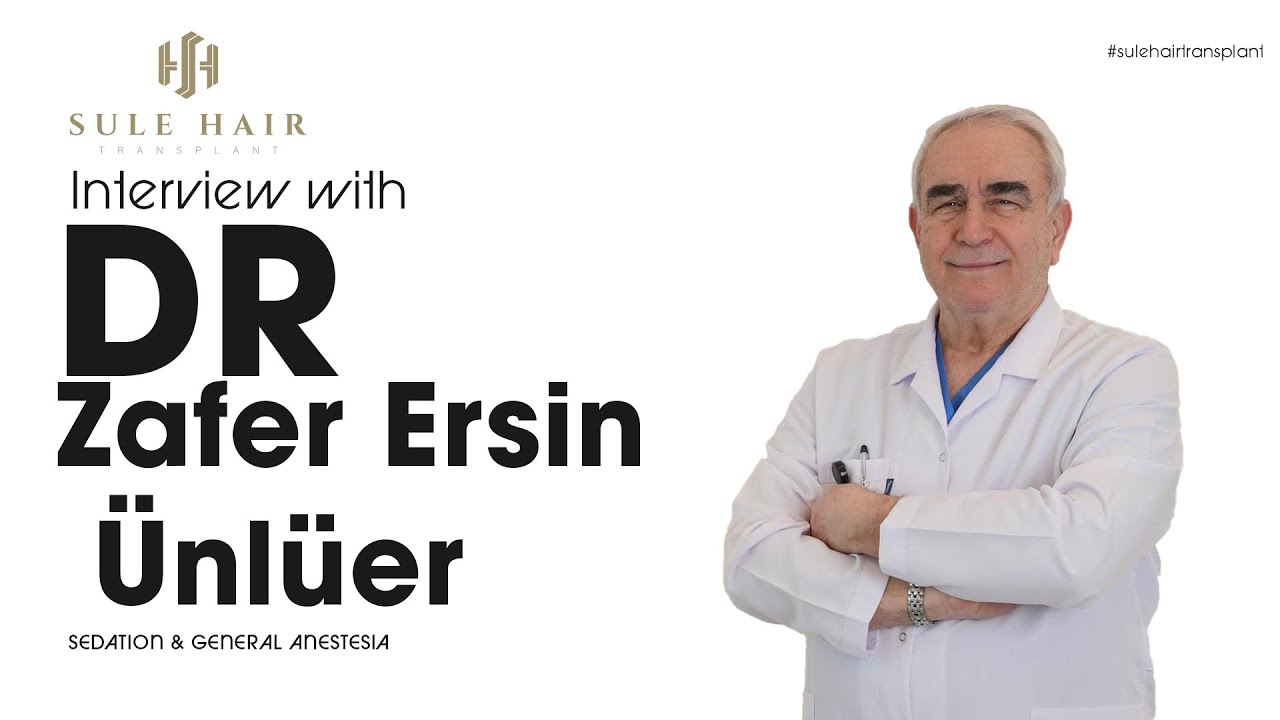
Sedation for Pain-Free and Painless Hair Transplant
Hair transplant procedures can be uncomfortable and painful for patients, especially for those who have never undergone surgery before. At Sule Clinic, we understand the importance of a pain-free and painless hair transplant experience for our patients. That’s why we offer intravenous sedation, a safe and effective way to help patients feel more comfortable and relaxed during the procedure. In this article, we’ll discuss how intravenous sedation works, its benefits for hair transplant patients, and how it can help you achieve a pain-free and painless hair transplant experience.
What is Intravenous Sedation?
Intravenous sedation is a type of sedation that involves administering medications through an IV line to help patients relax and reduce anxiety. The medication used in intravenous sedation can range from mild sedatives to stronger anesthetics, depending on the needs of the patient and the type of procedure being performed.
How Intravenous Sedation Works:
Intravenous sedation works by targeting the central nervous system, which helps to reduce anxiety and promote relaxation. The medication used in intravenous sedation can also help to reduce pain and discomfort during the procedure. During an intravenous sedation procedure, a small IV line is inserted into a vein, usually in the arm or hand. The medication is then administered through the IV, and the patient will begin to feel relaxed and drowsy. However, they will still be conscious and able to respond to the doctor’s instructions.
Despite the use of deep sedation, you will not be rendered unconscious like you would be under general anesthesia.
Benefits of Intravenous Sedation for Hair Transplant Patients:
- Pain-free and Painless Procedure: One of the biggest benefits of intravenous sedation during a hair transplant procedure is that it helps to reduce pain and discomfort. Patients who receive intravenous sedation will feel more comfortable and relaxed during the procedure, leading to a pain-free and painless experience.
- Reduced Anxiety and Fear: Hair transplant procedures can be anxiety-inducing and scary for some patients. Intravenous sedation can help to reduce anxiety and fear, making the procedure more tolerable for patients.
- Improved Patient Cooperation: Patients who receive intravenous sedation during a hair transplant procedure are more likely to cooperate with the doctor’s instructions, leading to a better outcome.
- Faster Recovery Time: Intravenous sedation helps to reduce anxiety and discomfort, allowing patients to recover faster after the procedure. Patients may also be able to resume their normal activities more quickly than those who did not receive intravenous sedation.
- Increased Safety: Intravenous sedation is considered safe when administered by a qualified medical professional. Using intravenous sedation during a hair transplant procedure can help to ensure the safety and comfort of the patient.
Eligibility Checklist for Intravenous Sedation:
Before administering intravenous sedation, the doctor will perform an evaluation to determine if the patient is eligible for the sedation. Below is a checklist of some of the factors the doctor will consider:
-
Medical history: The doctor will review the patient’s medical history to check for any underlying medical conditions that could increase the risk of complications during sedation.
-
Medications: The doctor will review any medications the patient is currently taking to ensure that there are no contraindications or interactions with the sedative medication.
-
Allergies: The doctor will check for any known allergies the patient may have to the sedative medication or any related medications.
-
Age: Age is an important factor in determining eligibility for intravenous sedation. Older patients may be at a higher risk of complications during sedation, so the doctor will take this into consideration.
-
Weight: The patient’s weight can affect the dosage of sedative medication required, and the doctor will adjust the dosage accordingly.
-
Physical health: The doctor will assess the patient’s physical health to ensure that they are healthy enough to undergo sedation and the hair transplant procedure.
-
Mental health: The doctor will assess the patient’s mental health to ensure that they are able to understand and cooperate with the sedation and procedure.
-
Pregnancy: Women who are pregnant should not undergo intravenous sedation, as it can be harmful to the developing fetus.
How to Prepare for Intravenous Sedation During a Hair Transplant Procedure:
Consult with Your Doctor: Discuss any medical conditions, allergies, or medications you are taking with your doctor to determine if you are eligible for intravenous sedation.
Follow Fasting Instructions: Follow the fasting instructions provided by your doctor to avoid any complications during the procedure.
Wear Comfortable Clothing: Wear comfortable clothing that is easy to remove and put on as you may need to change into a hospital gown.
- Avoid Caffeine and Alcohol: Avoid consuming caffeine or alcohol before the procedure as it may interfere with the sedative medication.
FAQs
A: Intravenous sedation is generally considered safe when administered by a qualified medical professional. However, there are some risks associated with sedation, such as allergic reactions or respiratory problems, which is why it is important to have a qualified medical professional administering the sedation.
A: No, you will not be unconscious during the procedure with intravenous sedation. You will be conscious and able to respond to the doctor’s instructions, but you will be relaxed and may feel drowsy.
A: The effects of intravenous sedation can vary depending on the medication used and the dosage administered. However, most patients will start to feel more alert and awake within a few hours after the procedure.
A: No, you should not drive yourself home after the procedure with intravenous sedation. You will need someone to accompany you and drive you home as the medication can affect your reflexes and judgement.
Conclusion:
Intravenous sedation is a safe and effective way to help hair transplant patients feel more comfortable and relaxed during the procedure. It offers a pain-free and painless experience, reduced anxiety and fear, improved patient cooperation, faster recovery time, and increased safety. However, it is important to consult with your doctor to determine if you are eligible for intravenous sedation and follow the preparation instructions provided. At Sule Clinic, we are committed to providing our patients with the best possible hair transplant experience, and we believe that intravenous sedation is an important part of achieving that goal.
External Link:
“For more information about the role of anesthesiologists in ensuring patient safety during sedation, you can visit the American Society of Anesthesiologists website. According to Dr. Sonya Pease, an anesthesiologist, ‘we have the depth of training and experience to be able to react and save a life.’ Click here to learn more.”


